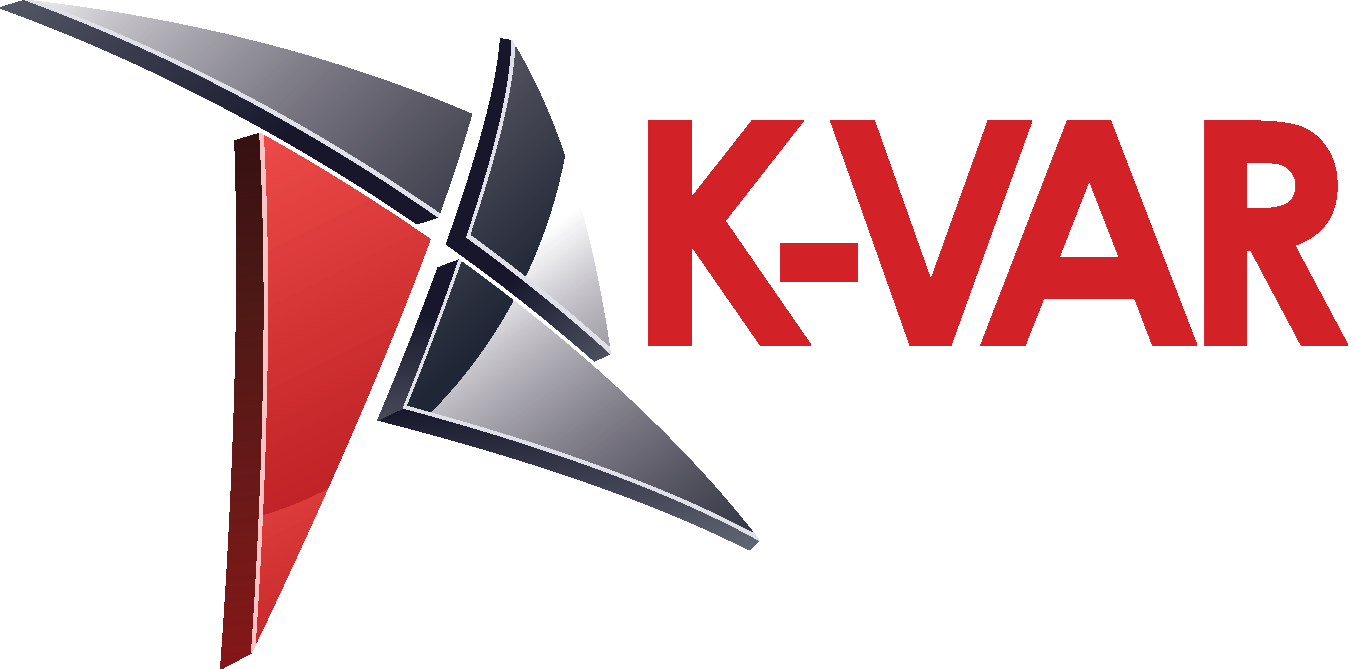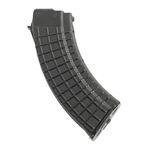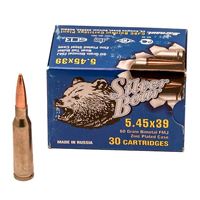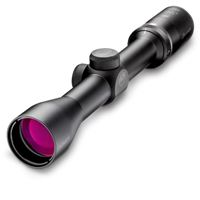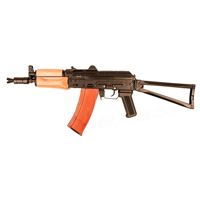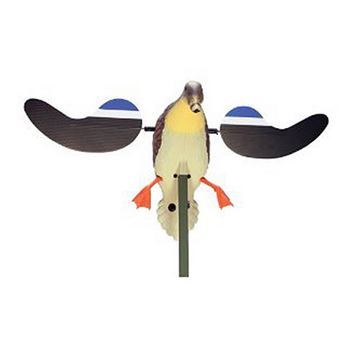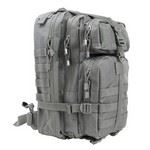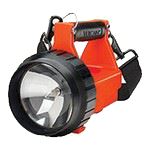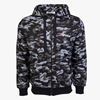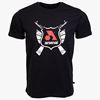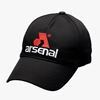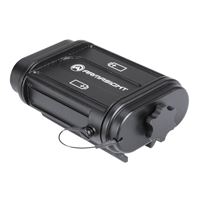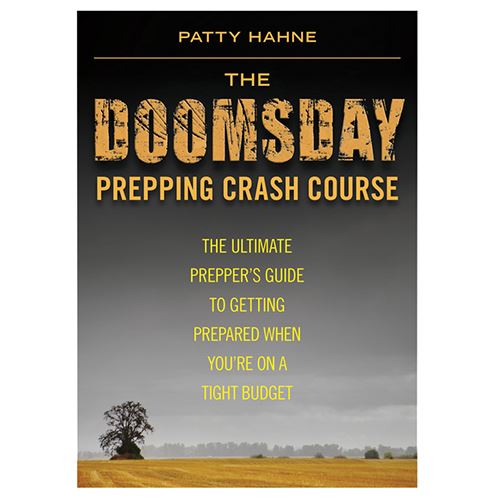It is interesting how handgun training has so many variables. As an example, most modern shooters regard two-hand fire as the default skill, so they practice two-hand fire less. In the past it was one-hand fire, and two-hand fire was used only at extreme range. There is no question that two-hand fire is the most accurate, but one-hand fire is the faster. The balance of speed and accuracy must be maintained. One-hand shooting will be used at short range and when speed is needed but accuracy cannot be sacrificed. Two-hand fire is used at the range at which you need more accuracy.
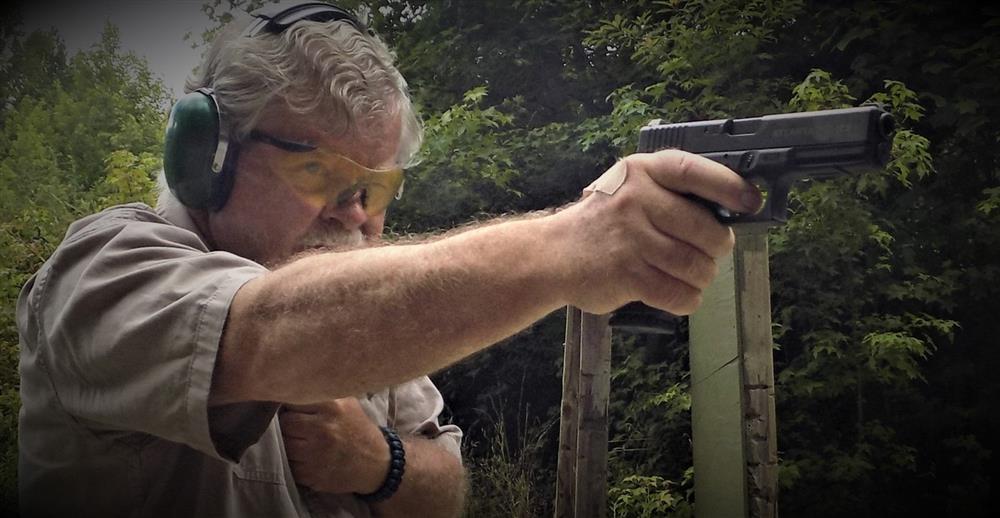
If you need to make that shot, it will be pretty important and you must have practice behind it. I am not going to cover weak hand shooting with one-hand at present—although it is an important, even vital, skill. Let’s take one step at a time. In Bill Jordan’s’ work No Second Place Winner, this gunfight veteran (USMC, Border Patrol) outlined the distance at which one- and two-hand fire was used.
A very fast one-hand shot at 3-5 yards is outlined and then the piece is brought to eye level for a shot at 7 yards. The handgun is leveled for two-hand hold at longer ranges. This makes sense, but there is no set distance for each shooter. Some may be pretty good well past five yards with one-hand others are hopeless.
The ones who practice are the winners. As Mr. Jordan said, there are no second place winners. The first hurdle is to decide that you will practice. The next is to understand what you will be able to do with the practice time, and budget you have. If you have been firing with one-hand and doing well, you must realize that moving to one-hand practice isn’t going to deliver the same accuracy.
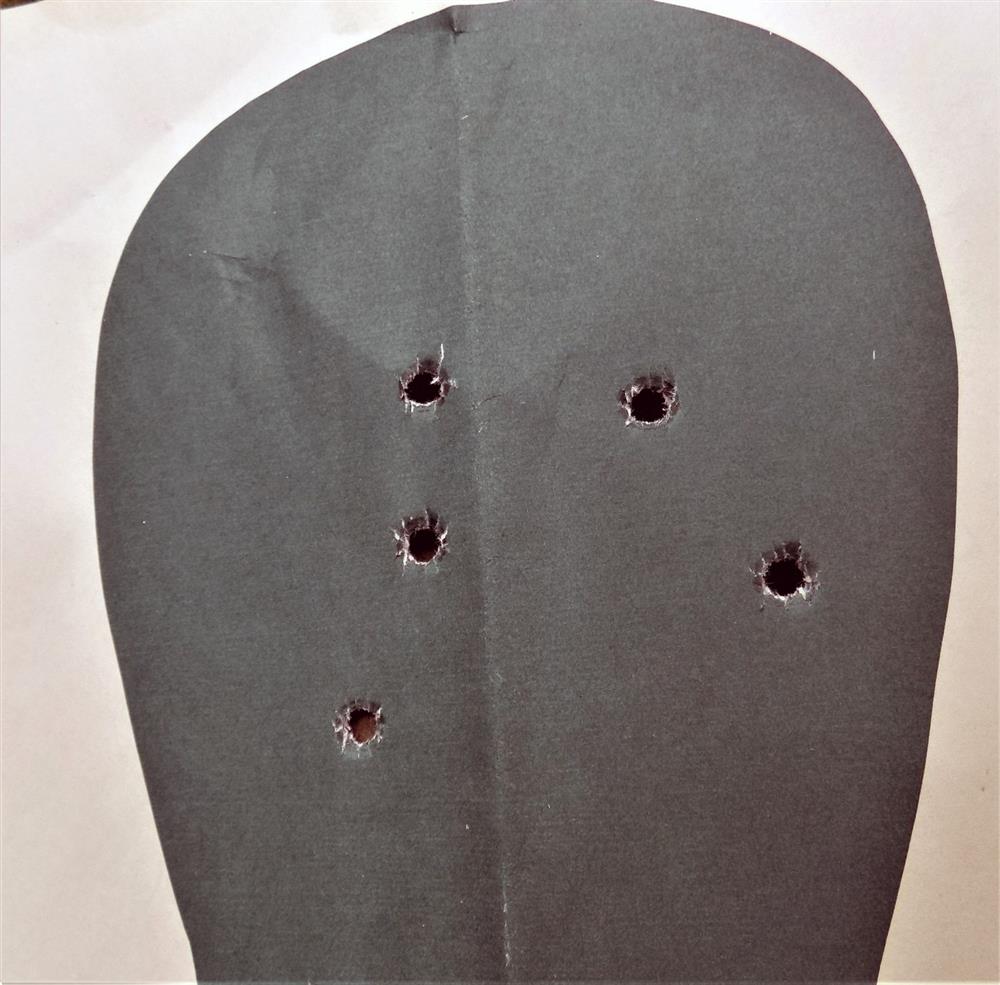
Slow, inept one-hand shooting wont get it. Practicing poorly might as well simply be avoided. All training motivation is internal. When you are confronted by a threat, the motivation is external—you must fight and fight well to avoid death or injury. When training, you must secure motivation from inside.
I begin training with several simple drills. One is the Bill Drill. This is Bill Wilson’s drill in which you fire six shots as quickly as possible to test control and accuracy. For most of us, it is best to begin at 3 to 5 yards. This is usually fired in less than two seconds.
You may find that your hits are all over the target. You must begin to learn to hold a hard grip and keep the arm lined up with the shoulder. It is different from firing with both hands and the body stance differs. Firing for one shot, in one second, is a reasonable beginning at which most should perform their practice.
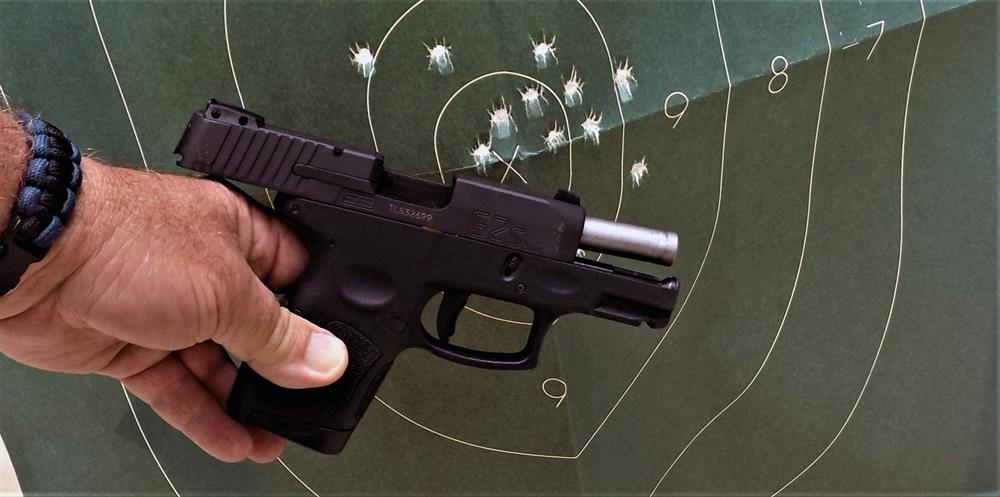
With the maximum speed Bill Drill you have learned whether your technique is off, as the pistol squirms in the hand. When firing for one shot and one hit, you stress the importance of getting a hit. I draw, fire, and then reholster and fire again. No, this isn’t as much fun as firing a bunch of shots in a flurry, but it builds competence discipline and life saving skill. After you have shown progress in this drill, and you are getting most of your hits in the X-ring, move to getting three shots in the X-ring in three seconds.
I normally carry a Commander .45, a 28-ounce 1911. Sometimes, I carry a Glock 22 .40. I have several .357 Magnum revolvers I use when hiking or for ‘outdoors’ use. Then there are the 9mm compact self-loaders and snubnose .38 backup revolvers. I keep their ability in perspective and strive to learn my range and ability with each.
The backup or deep concealment handguns are often neglected, but they should not be. You will not rise to the occasion; you will fire at your average competency. That has best be enough for what is needed. Remember, focus and motivation.
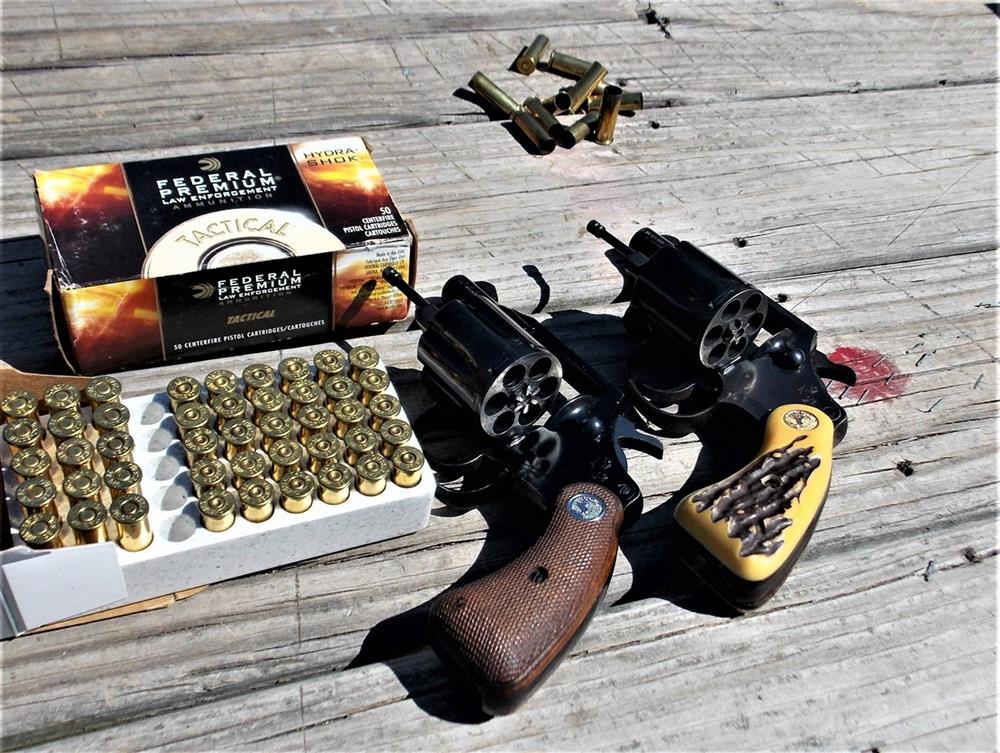
As an example, while common sense tells us you can get a number of hits quickly with the Taurus G2C 9mm, a heavy SWC from the Colt .38 is going to drive deep in the target. Whatever your choice, practice and keep up with the time. It is like a par time on the golf course, save it is far more serious.
When you are firing with one hand, lean into the handgun and keep a steady grip. The strong side firing leg should be forward as you lean into the handgun. The forward bias must be there unless you are protecting the body from a threat. In that case, go with what you know; it may be the retention position.
The wrist must be locked. Some of you may have been firing with a kind of H grip rather than a locked wrist and the support hand doing just that—supporting. Lock the wrist, and be certain the grip is hard. The elbow isn’t locked, but flexed, without a severe bend. Use square range drills positional shooting, and be all you can be. A word on trigger control, keep the trigger finger on the face of the trigger and press straight back. Do not press to one side or the other. Instead, press straight back and keep the action that way. One-hand shooting is a learned skill that may save your life, but you’ll have to practice.
